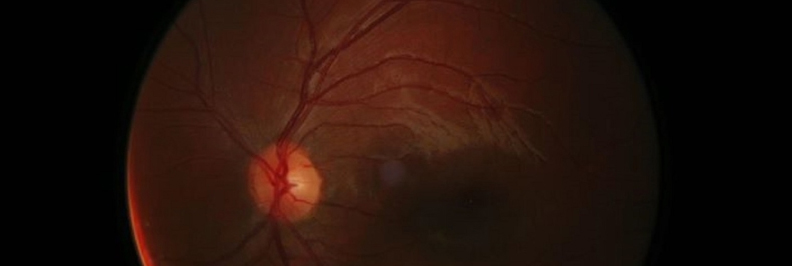

Patients of minority race and ethnicity, including Black and Hispanic patients, are less likely to be aware of their diagnosis of DR and to receive screening. Income is a particularly important factor, as patients of lower socioeconomic status are less likely to receive eye care.

Numerous studies have identified lower educational status, lower income, minority race, recent immigration, residence in a rural community, and lack of health insurance with significantly decreased rates of DR screening. Social determinates of health have an important role in DR screening rates. Screening rates within subsets of the US population vary greatly. Screening Rates in the United States and Impact of Social Determinates of Healthĭespite the high prevalence of DR, only 62.3 percent of patients with diabetes in the United States receive annual screening exams. Retinal examination may not need to be performed by individuals with a medical degree, so long as they are trained to perform ophthalmoscopy or retinal photography and can assess disease severity. The retinal examination can be done with or without optic coherence tomography (OCT). (2) retinal (fundus) photography, including any of the following: 30° to wide field, monophotography or stereophotography, and dilated or undilated photography. (1) direct or indirect ophthalmoscopy or slit-lamp biomicroscopic examination of the retina (3) presenting visual acuity examination using a 6/12 (20/40) equivalent handheld chart consisting of at least 5 standard letters or symbols and a pin-hole option if visual acuity is reduced.Īdequate retinal examination includes at least one of the following: (2) presenting visual acuity examination using a near or distance eye chart and pin-hole option if visual acuity is reduced (1) refracted visual acuity examination using 3- or 4-m visual acuity lane and a high-contrast visual acuity chart The 2018 ICO/ADA guidelines state that adequate DR screening should include a visual acuity exam and a retinal examination.Īdequate visual acuity screening includes at least one of the following: The method used to screen for DR is dependent on resource settings. Other guidelines may vary by country and availability of resources. This article focuses on DR screening in the United States. The most recent guidelines for DR screening were released by the International Council of Ophthalmology (ICO) and American Diabetes Association (ADA) in 2018. In the Los Angeles Latino Eye Study (LALES) and in Proyecto VER (Vision, Evaluation and Research), 18% of participants with diabetes of more than 15 years’ duration had PDR, and there was no difference in the percentage with PDR between those with type 1 and type 2 diabetes. Proliferative diabetic retinopathy was present in approximately 50% of type 1 patients who had the disease for 20 years. After 10 years, almost 60% will have retinopathy, and after 15 years, 80% will have retinopathy. After 5 years, approximately 25% of type 1 patients will have retinopathy. Duration of diabetes is a major risk factor, and is the main criteria utilized to decide when to begin DR screening. Independent risk factors for DR included diabetes duration, hemoglobin A1c, serum glucose, systolic blood pressure, and Indian ethnicity based on the Singapore Eye Disease Study.

For more information on diabetic retinopathy disease, grading, and pathophysiology, see Diabetic Retinopathy and Diabetic Retinopathy Pathophysiology. Of working-age Americans diagnosed with Diabetes Mellitus, it is estimated that about 1/3 have diabetic retinopathy (DR) and 4.4% have vision threatening retinopathy.



 0 kommentar(er)
0 kommentar(er)
